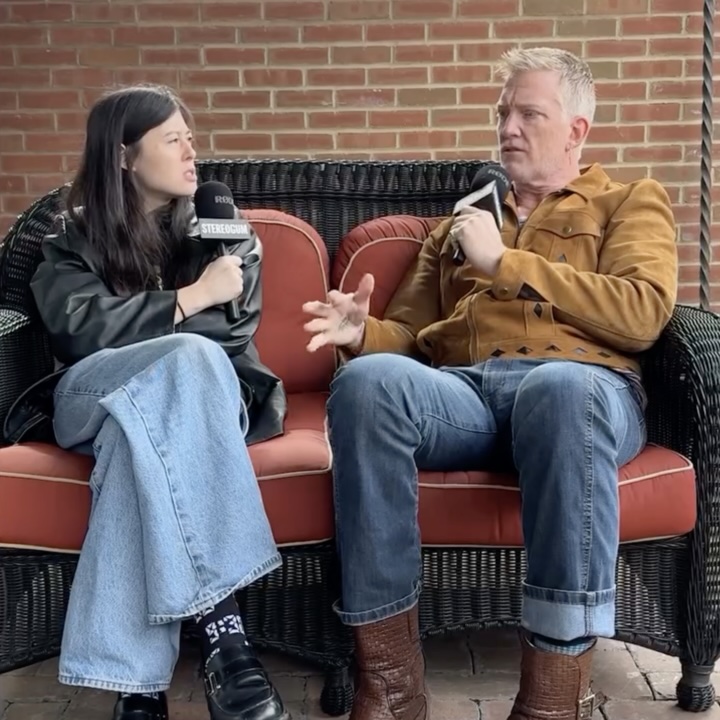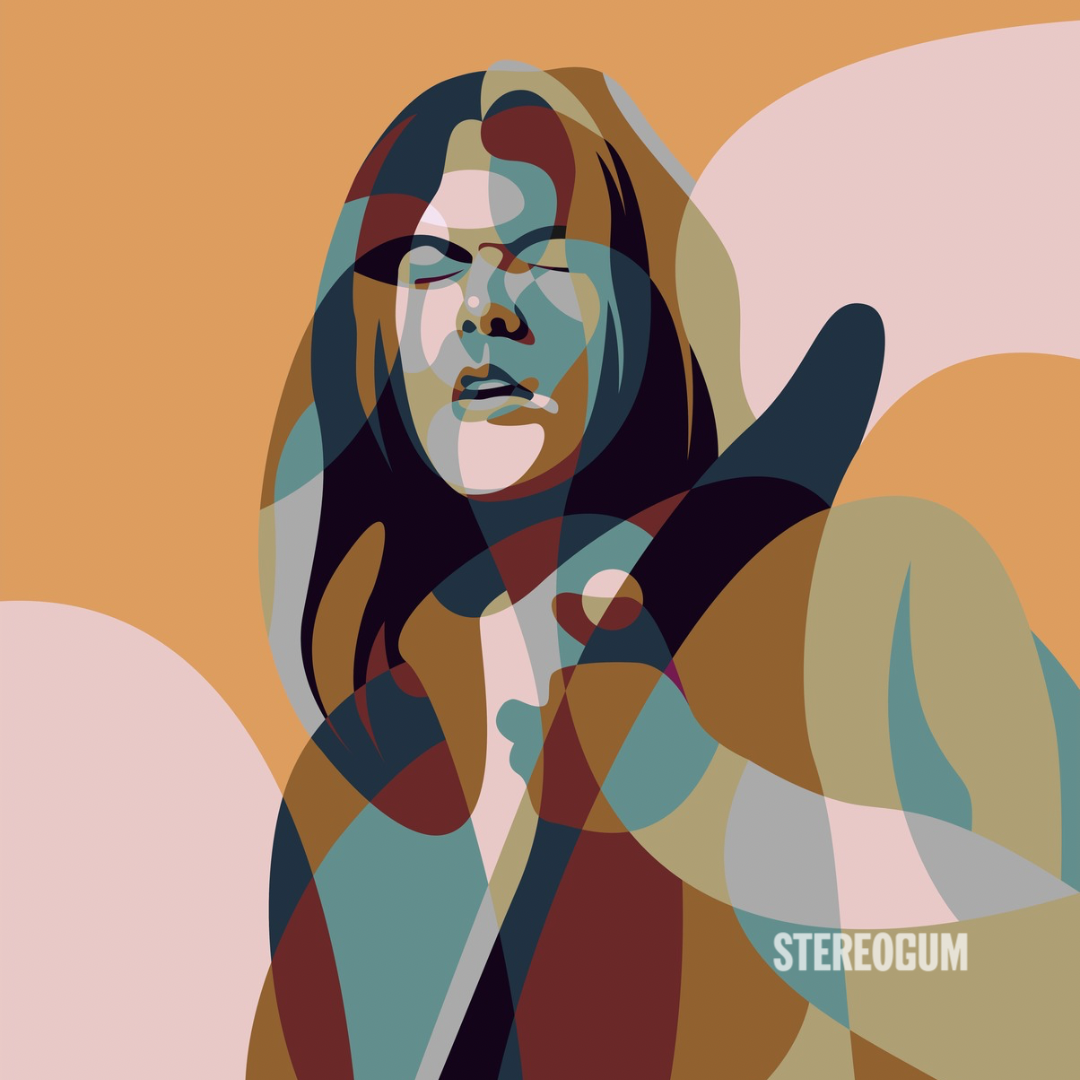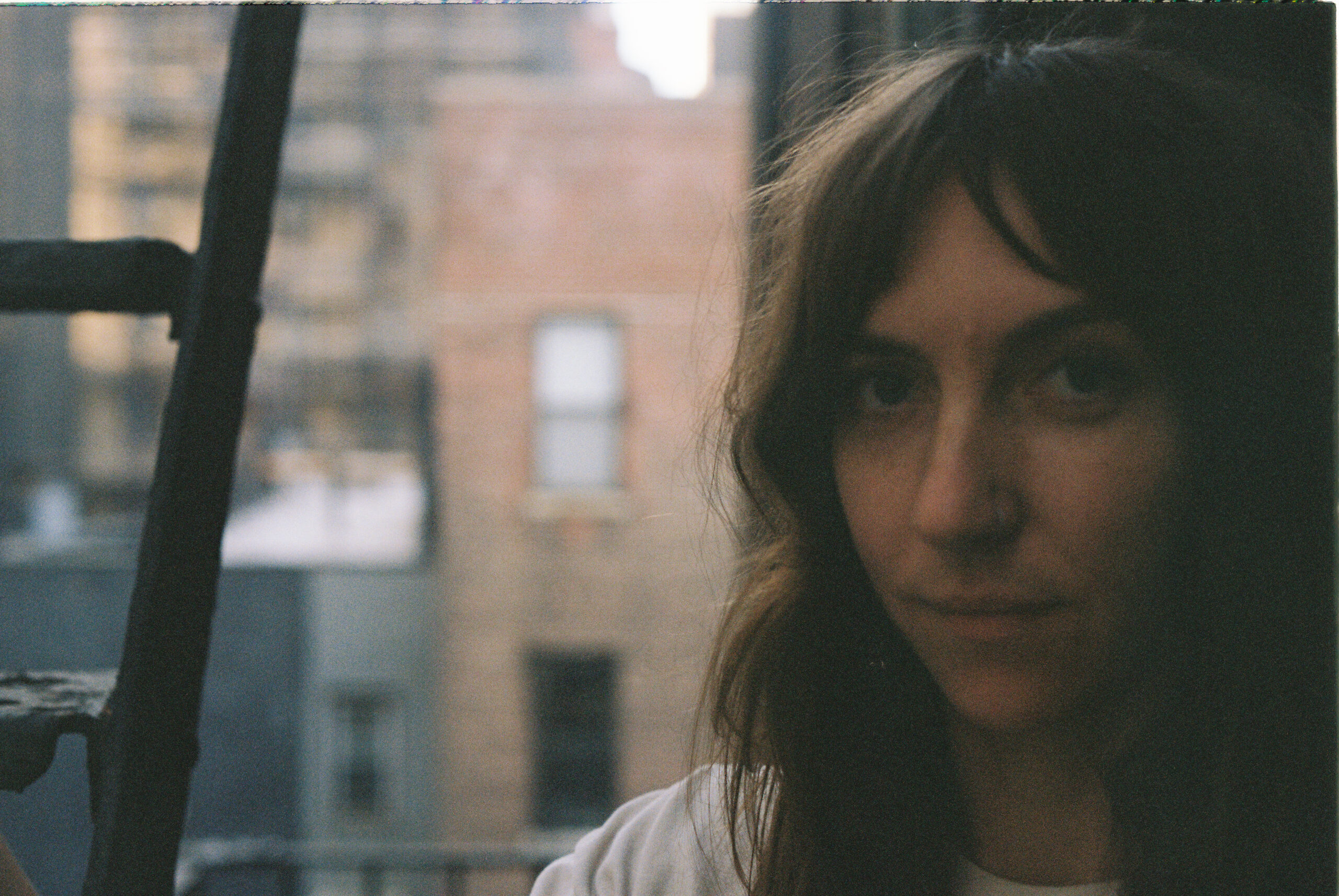Speaking by phone from London, Darren Cunningham doesn't initially want to explain the process behind his new album, AZD, the fifth he's released under the name Actress. Given time, though, he starts to describe the album's genesis with specificity, using different framing devices: the tools used, the colors suggested, the echoes of visual art.
"My music has been described as a gray tone, a gray sound, which, for the most part, I would agree with," Cunningham says. For previous albums like R.I.P. and Ghettoville, this works. There is some overlap with Burial's music, where a rhythmic pattern is submerged under non-rhythmic information: the peak indicator lights of a mixing desk gone from green to blue under the slush of some unknown technical process. Cunningham, though, doesn't tend towards any easily identified template. He is happy to put a half-speed, logy instrumental next to a song that moves more or less like dance music. Tone is where Cunningham's hand is evident. Over the catalog, it seems increasingly likely that he doesn't worry as much about the undercarriage of any one song as the glaze, the top layer that refracts another.
Actress' grayscale period relates to the work of musicians Cunningham admires, like Ryoji Ikeda and Alva Noto, especially the two volumes of Noto's Xerrox. "White noise processed correctly is the best noise you can use to clear your brain, iron out all the kinks," Cunningham says. "As a pure sound, pink and white noise are the best sounds for me. I just love them." One of the most concentrated examples of this is the 2013 single, "Grey Over Blue," a 10-minute track that only introduces timekeeping after five minutes of fug. Moving closer to William Basinski than anyone in the dance music continuum, Cunningham pulls a loop of piano and string sounds down until the staticky, decelerated phrase is thick, frozen material floating a step above white noise.
"What would a refined version of gray be?," Cunningham says, describing his thoughts as he began working on AZD. "Moving towards silver maybe, but moving towards something more refined, like chrome. That appealed to me. And I was in Chicago, looking at [Anish Kapoor's] Cloud Gate. The weather was icy cold, and the reflections of the city were incredible. Chrome became this element and that, to me, is when the project started to take on an authenticity about it."
To create this kind of coloration, Cunningham set up a complex system which he sometimes calls "the robot" or "the robotic interface." First, he collected a number of "early music production tools," not meaning lutes and frame drums, but electronic gear from the '80s and '90s, as well as a few pieces of 21st century hardware. All of this was controlled from a software program called MaxMSP, which allows the user to generate sounds and create virtual samplers while also controlling other pieces of gear. It is both powerful and utterly confusing to most laypeople.
"The first time I came across MaxMSP was years ago," Cunningham says. "At that time, it seemed so long-winded and unnecessary. Why would you go through all that effort, all that coding, just to produce a sine wave? I was using a Roland Groovebox 303. I had everything at my fingertips in one box. I didn't have to build four different modules to get things to happen."
What changed his opinion was the ability within MaxMSP to literally draw the parameters of sounds and the directions of routes, using a graphic interface.
"I wasn't just writing down patterns -- I was able to make a picture," Cunningham says. "Since my childhood, I've been an artist, and this is something I've tried to keep as part of the discipline. This interface allowed me to draw what channel I pointed to, how the MIDI worked. I was feeding in graffiti and photos I'd taken in car parks, using those images as a starting point for the music, a way to generate the ideas."
The cover of AZD -- a photograph of a human hand cradling a disembodied chrome hand -- is the first full color photo ever used for an Actress release. Every previous release came bundled with a gray or black and white image, usually a line drawing. (There is a, yes, hazy black and white photo at the center of Hazyville's sleeve.) With AZD, knowing about Cunningham's chrome vision doesn't unlock the sound as quickly as a word like "gray." AZD is not especially shiny or artificial in timbre. If asked to associate this music with a color, I would stall.
Some of this organized chaos is intentional, at least at the level of timbre and raw material. "I wanted the sound to start at one frequency and then melt across the spectrum, in sharp cipher-like sprays, not fizzes," Cunningham says. This much holds true -- the material works up in the mid-range, rotating through the head of the electronic body. The comforting blankets of fuzz are not here. What is here is so heterodox that it is safe that nobody will be able to come up with a sequel to "grayscale" to typify this new version of Actress. Chrome is a mirror; when an object is close enough to be reflected, the chrome loses its native color.
For "Dancing In The Smoke," Cunningham built a "complex multi-sampler" in MaxMSP. There are only two vocal samples: a woman saying "the future" and a man saying "dance, while the record spins." The song does not vote on either idea. Cunningham lets the beat take care of itself, leaving enough thump for dancers. Whoever lives next door to this club manages to drown it out playing a bootleg video game at top volume. The smoke, rising from plastic swords and broken lights, wins.
The first single, "X22RME," is striated Detroit rush, a blend of forward motion and a few layers of the old gray. Fizzes are wrapped into and around the song, giving it the night drive feel of a classic Model 500 track, while obscuring the vehicle. On "Falling Rizlas," gentleness is refracted. Here, the generic electronic plink that rattled around for a decade before becoming part of Aphex Twin's idea of ambient rolls and plays out the gentle curves of the chrome. Even the low midrange wash that acts like a very wide bassline has a calming effect. This is probably the one moment of rest in AZD, which is otherwise an exercise in the power of fracture, a celebration of how hard one thing can bounce off another.
"Faure In Chrome" animates its own title through sound. An unstable synth patch is pierced by the sound of a modem connecting and unconnecting, and the whole lot is filtered into a pileup of compressed, crushed transients. It's not clear that you're supposed to want to listen to this.
Many of the songs on AZD are built around hacked-off fragments of ideas, lumps of impurity burned off in smelting but then retained after the gold is tossed. "CYN" takes a fuzzy sample of Rammellzee's voice and drops it into a car wash, letting it kick up into the felt strips and the suds. This is hip-hop as driftwood, a gorgeous flow of incongruous ideas that simply forgets where it starts and ends up in a chilly cul de sac.
The album ends up feeling like a reflection of decades of music -- the oontse of Basic Channel will press through, alongside the glassy bubbles of a Space Drum. If a track begins like an acid banger, it is likely to get hitched up on itself as various loops phase over each other, and drift away from the source. The robot that Cunningham has built isn't big on making life easier for dumb humans. This machine is amusing itself to death, and the longer you spend with it, the more you forget what other language music speaks.
If Cunningham says anything that comes close to explaining this remarkable music, it is a pair of questions: "If Marley Marl was good at MaxMSP, what would he make? If Derrick May was proficient, what would he make?" Even if there is no answer, AZD has 12 of them.






